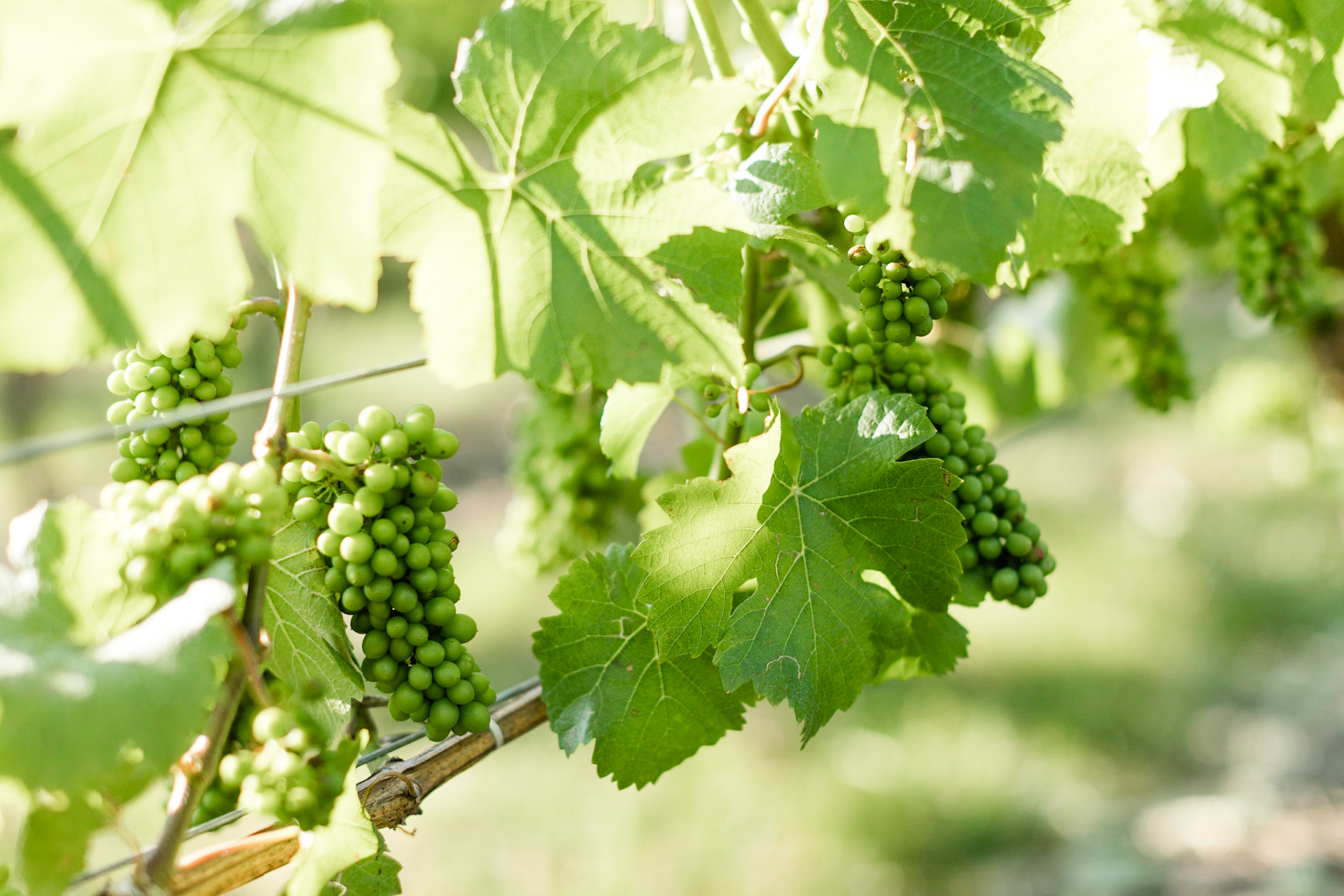Niagara Peninsula
FOUR MILE
CREEK
Sub-Appellation STATS
2021-22 Annual
Production (9L Cases)
Growing
Degree Days
Number of
Wineries
Number of
Appellation Wines
Common Varieties Chardonnay Riesling Pinot Noir
Appellation OVERVIEW
Four Mile Creek is the fertile plain that makes up central Niagara-on-the-Lake. It lies slightly inland from the lake and below the bench of the Niagara Escarpment, providing for warm days and cool nights during the growing season.
Expansive VINEYARDS, abundant full SUNLIGHT, warm intense growing CONDITIONS
The relatively flat topography leads to abundant exposure to sunshine and warm days giving growers the opportunity to grow many varieties, and thus making Four Mile Creek the most productive sub-appellation in the Niagara Peninsula.
Characteristics
TOPOGRAPHY
Made up of gentle, almost flat slopes that face in all directions, this sub-appellation has no major topographical features except for the valley of the Four Mile Creek, a buried former valley of the Niagara River. The sub-appellation is also home to a handful of small creeks that enhance the soil drainage of their adjacent vineyards; most however become dry beds by late spring. The elevation ranges from 105 metres to 89 metres with an average of around 95 metres.
Generous exposure to sunlight throughout the day, combined with strong radiation cooling of the canopy air layer at night results in a high differential between day and night conditions.
SOIL
The soils of this appellation have developed on the bedrock belonging to the Queenston Formation, a red shale with high silt and clay content. As is common throughout the Niagara region, the bedrock is covered by glacial sediments that vary in composition and texture. Halton Till, a rich clay loam, covers the majority of the appellation and tends to retain a high water content well into the late spring. This high water holding capacity ensures that the vines enjoy a constant supply of moisture during the drier weather typical for July and August.
Produced by and shared with permission from the Wine Marketing Association of Ontario/VQA Wines of Ontario.
CLIMATE
Although the entire sub-appellation enjoys full and intense exposure to sunlight, its size gives rise to material differences from its northern and southern boundaries. In spring, the southern half of the sub-appellation, which is further removed from Lake Ontario, tends to warm earlier than the northern half and thereby encouraging earlier bud break. Growers have effectively tamed the risk of spring and fall frosts with fans that circulate air among the vines.
The sun-soaked soils of this large appellation give off heat and produce large convection currents drawing the cool air from Lake Ontario farther inland during the warm and dry months of July and August. This generates warm days and cool nights into the fall with an average range (between the daytime maximum and nighttime minimum temperatures) for September and October of just over 12 degrees celsius, further supporting the development of deep colours, flavours and aromas in the grapes.
Notable Features
Four Mile Creek is the largest sub-appellation in the Niagara Peninsula, accounting for a significant portion of premium grape production. With excellent sun exposure, this appellation is known for full bodied red varieties.
Wine personalities
Four Mile Creek is a large sunny appellation, with welcoming conditions for almost all grape varieties.
Rich aromas and flavours show in the whites, usually described as very ripe fruits. Tropical flavours complement the rich mouthfeel of these mostly medium to full bodied white wines.
In the same vein, reds can be ripe and jammy with blue and black fruit set against sweet and balanced tannins.

Appellation
NIAGARA PENINSULA
Situated at approximately N43° latitude this prime and diverse appellation is characterized by rich, fertile soils and unique meso climates, which provide ideal conditions for producing wine grapes with more complexity and intense flavour than in many warmer climates.



